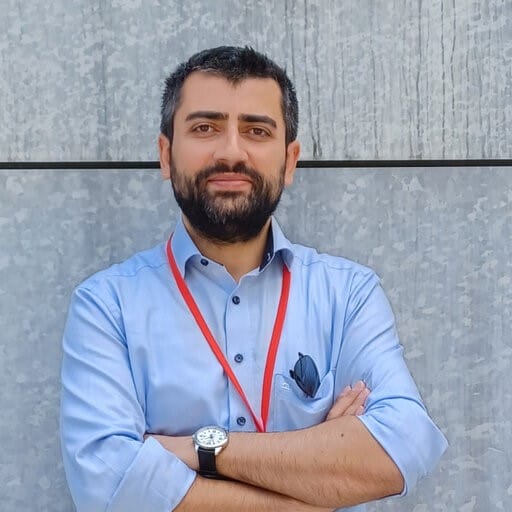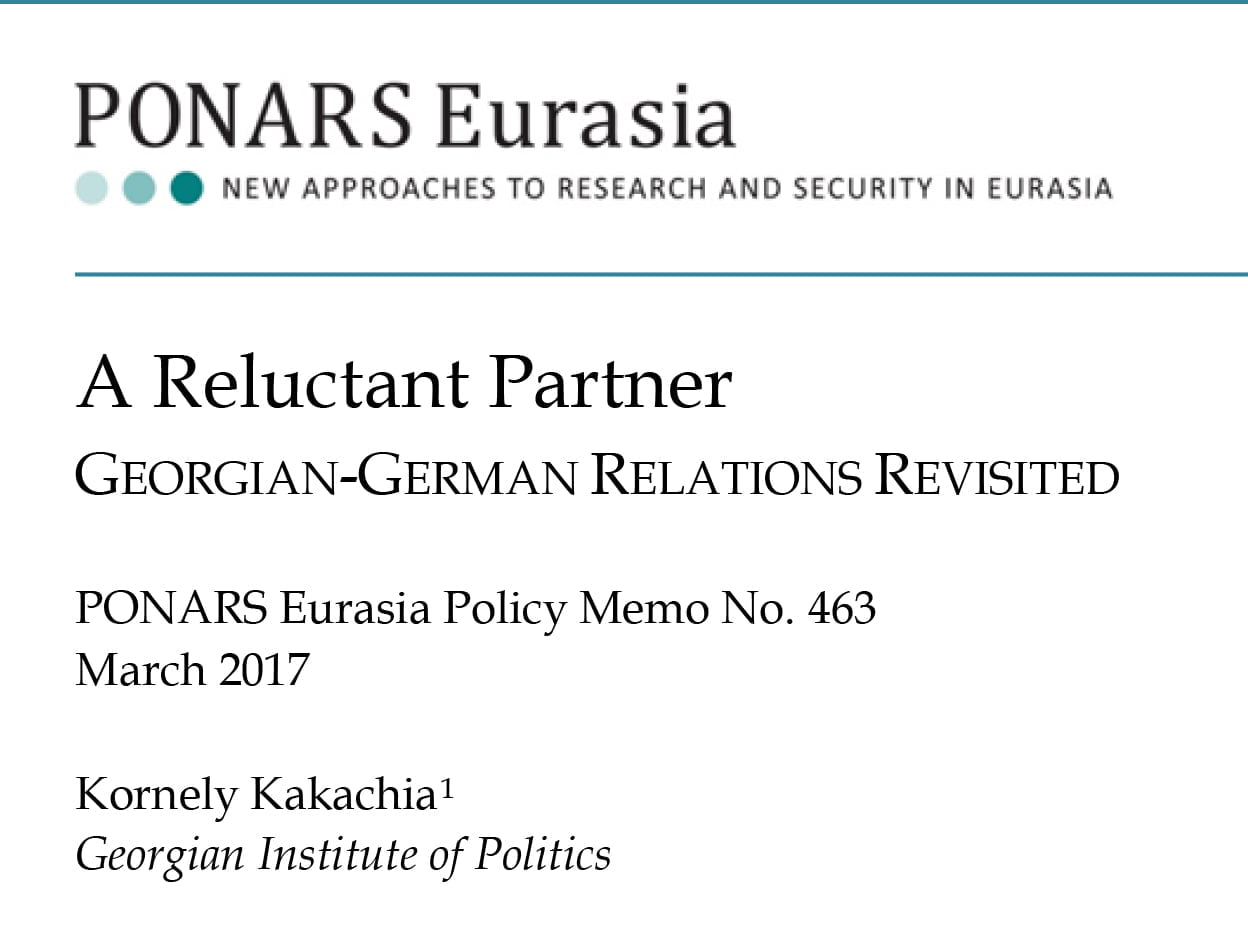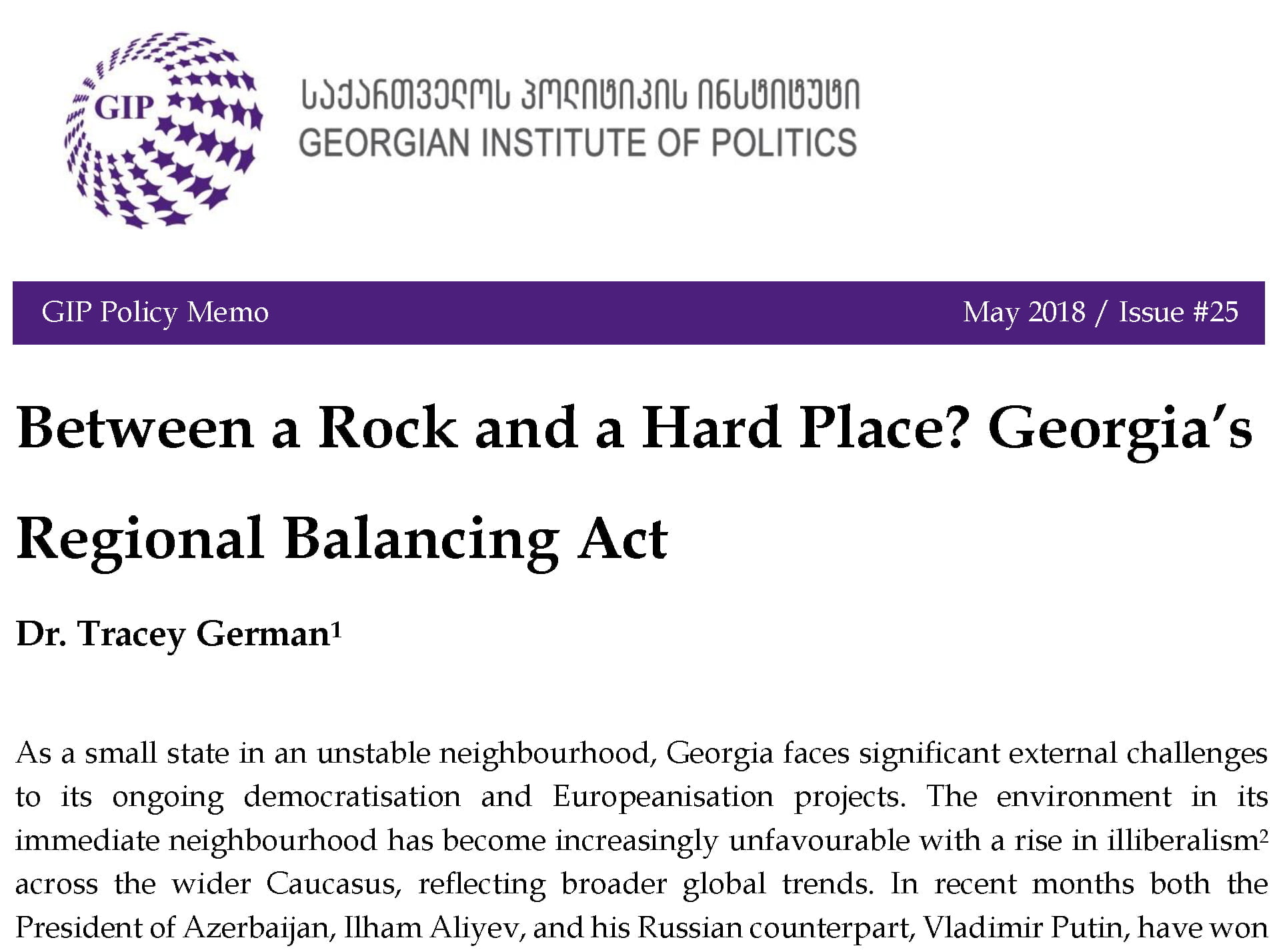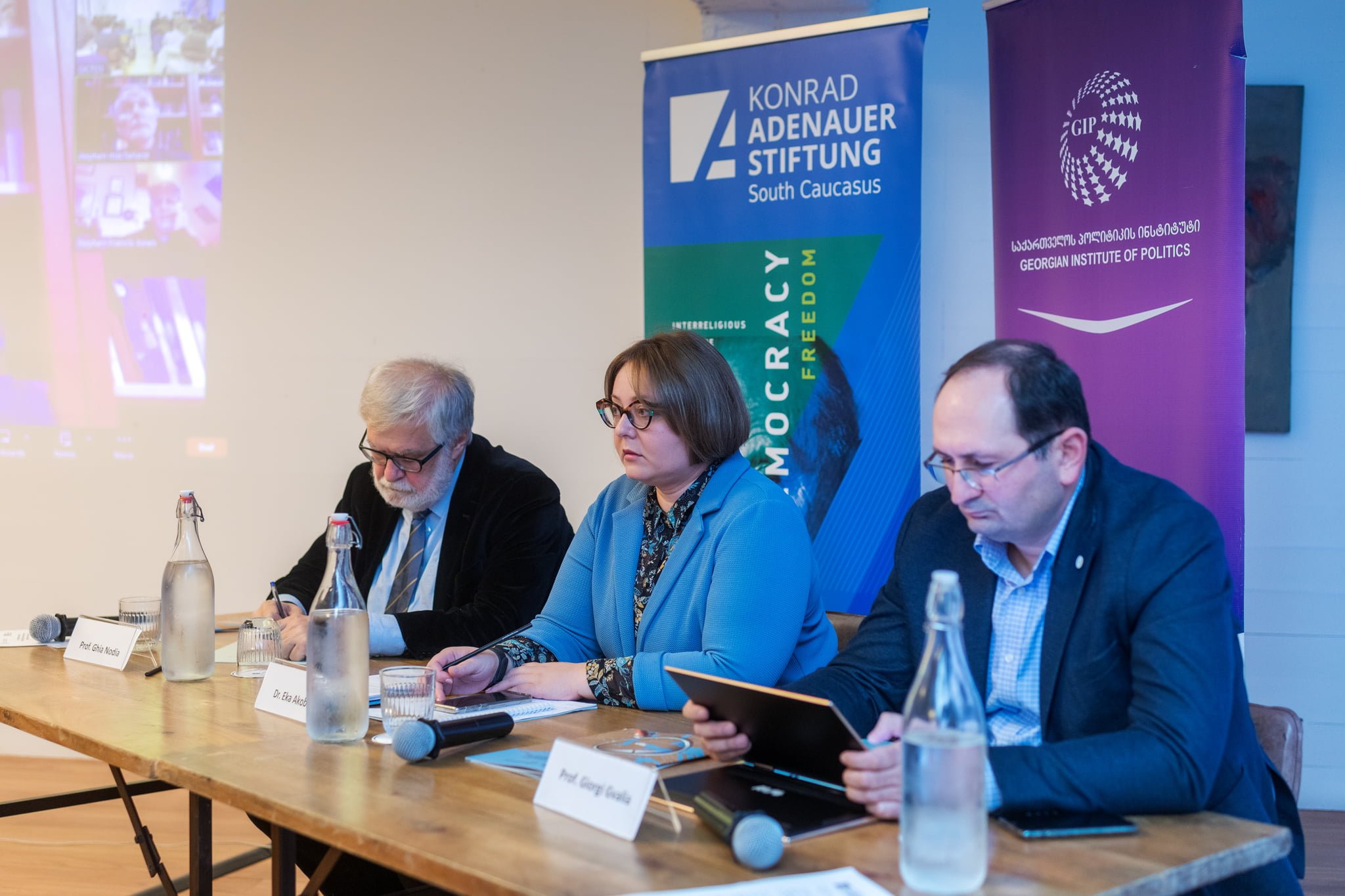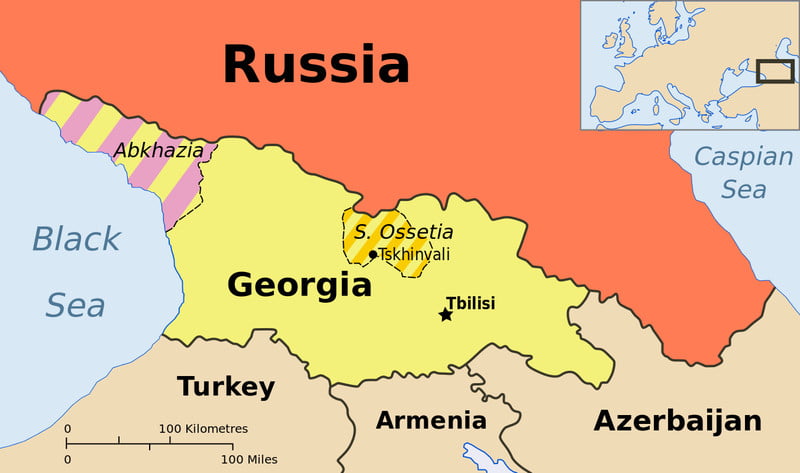How three generations shaped by collapse, control, and conflict will influence Russia’s political trajectory over the next two decades.
Over the next two decades, Russia’s political system is likely to remain authoritarian and centralised, shaped by the experiences and expectations of three generational cohorts: those born in the 1950s–60s, 1970s–80s, and 1990s–2000s. Each group matured in distinct political and economic environments and therefore holds different assumptions about the state, stability, and legitimacy. While the Kremlin currently benefits from broad generational support rooted in post-Soviet recovery and patriotic narratives, structural pressures—especially from economic stagnation, generational divergence, and the possibility of direct war with NATO—could challenge the long-term viability of the system.
Russia’s political outlook to 2045 unfolds as a dialectical process. The current architecture appears stable, reinforced by centralised control and a legitimising narrative of survival and global confrontation. However, internal contradictions—between generations, economic performance, and elite cohesion—are steadily accumulating.
The result is likely not sudden collapse or radical reform but a slow drift toward structural stress, followed by either controlled adaptation or a forced rupture, depending on how both leadership and society respond to escalating constraints.
The result is likely not sudden collapse or radical reform but a slow drift toward structural stress, followed by either controlled adaptation or a forced rupture, depending on how both leadership and society respond to escalating constraints.
1. Generational Legacy and Political Alignment:
The generation born in the 1950s and 60s entered adulthood during the late Soviet era, when the Brezhnev regime provided stability without dynamism.
Many in this group internalised the importance of collective endurance over personal expression. They remember the Cold War not as a conflict of ideology but as a lived environment in which geopolitical power and personal safety coexisted under strict but familiar rules.
Political mobilisation among this cohort remains minimal. Most prefer order to disruption and view central authority as the necessary condition for national cohesion.
In contrast, the cohort born in the 1970s and 80s reached adulthood during the collapse of the Soviet Union and the chaotic 1990s and early 2000s. Their formative experiences include hyperinflation, state disintegration, and the trauma of the Chechen wars.
Stability, not ideology, defines their political orientation. This group supports the state so long as it delivers protection from chaos, economic dislocation, and national humiliation.
Support for the Kremlin has been pragmatic rather than ideological, built on the return of institutional order after a decade of systemic breakdown.
The youngest adult generation, born in the 1990s and 2000s, grew up entirely within the post-Soviet era, shaped by the narrative of national revival under Vladimir Putin. While patriotic messaging and historical pride resonate with many, especially outside major urban centres, a growing minority expresses quiet discontent. Digital connectivity, travel exposure, and shrinking economic prospects create a split within this cohort. Some embrace the system as a vehicle of national pride; others feel constrained by it, particularly as opportunities narrow and political options remain tightly restricted. The future political behaviour of this generation is still fluid, but over time, it will become decisive.
2. Medium-Term Stability and Its Limits (2025–2035)
Over the next decade, Russia’s political system is likely to consolidate further. The regime will continue to rely on the powerful blend of nationalism, memory politics, and the perception of external threat to secure societal compliance. Existing generational alignment still favours the state: older (50s-60s) and middle-aged citizens (70s-80s) remain largely risk-averse and more likely to support political continuity. Public expectations are shaped by past instability and anchored in a shared understanding that disorder can be worse than stagnation.
Centralised governance, combined with the effective use of patriotic rhetoric and institutional control, will preserve the regime’s authority through 2035. Elections will remain heavily managed, dissent marginal, and national unity framed as both virtue and necessity.
Even economic stagnation, which is almost certain to continue due to sanctions, underinvestment, and limited technological renewal, will not automatically translate into regime instability. The Kremlin has demonstrated a capacity to absorb economic strain by reorienting the population’s expectations toward endurance and moral resilience rather than upward mobility.
However, this consolidation does not occur in a vacuum. While older generations maintain loyalty through habit and historical experience, the emerging political identity of younger Russians is not monolithic. Urban youth, particularly those with higher education and international exposure, increasingly internalise a different model of legitimacy—one that includes opportunity and autonomy. So far, this tension has remained latent. The system contains dissent rather than confronts it. Yet demographic change ensures that this younger generation will play a more central role in shaping public mood and labour markets within the next ten years.
Leadership also remains a key variable. Vladimir Putin’s eventual exit, whether through succession or natural decline, will introduce uncertainty. Elite cohesion—so central to the current model—depends heavily on the predictability and authority of the presidency. A mismanaged succession could expose fractures within the power structure, especially if economic conditions worsen or military ventures falter. As long as the leadership transition is tightly choreographed, the system can continue functioning. But the lack of institutionalised mechanisms for power transfer introduces a long-term vulnerability.
Therefore, the medium term looks stable on the surface, but that stability rests on multiple conditional factors: the continued effectiveness of patriotic legitimation, the deferral of youth demands, and elite unity around the existing leadership model. None of these elements is guaranteed to endure indefinitely.
The more the regime suppresses rather than responds to emerging expectations, the more brittle its authority may become—even if formal power structures remain intact.
As long as the leadership transition is tightly choreographed, the system can continue functioning. But the lack of institutionalised mechanisms for power transfer introduces a long-term vulnerability.
3. Long-Term Risks: War, Fatigue, and Systemic Strain (2035–2045)
Looking beyond 2035, the political system faces growing stress from both within and outside. The most significant external shock would come from direct military conflict with NATO or an EU member state. Should that occur, the Kremlin would likely intensify internal control and mobilize society under a total-war narrative. In the short run, such a strategy could succeed in uniting the country, particularly by invoking historical analogies to World War II and the Soviet Union’s capacity to endure. However, prolonged war would impose significant social and economic costs. Casualties, inflation, and infrastructure degradation would eventually create fatigue, especially among younger generations and economic elites. While unity might persist initially, war weariness would increase if tangible gains remain elusive.
Even in the absence of war, demographic and economic challenges will erode the regime’s room to manoeuvre. The working-age population will shrink. Budgetary constraints will limit investment in non-security sectors. Innovation will suffer under continued technological isolation.
For a population increasingly exposed—albeit indirectly—to global standards, stagnation becomes harder to justify. Patriotism alone cannot sustain legitimacy if material conditions decline over multiple decades.
By the 2040s, the political architecture may encounter an inflection point. The regime could adapt by implementing limited reforms, decentralizing some functions, or renewing its elite base. Alternatively, resistance to adaptation could lead to growing dysfunction: elite competition, public apathy turning into passive resistance, or even localised unrest. A soft authoritarian adjustment remains more plausible than revolution. However, if compounded pressures coincide—economic breakdown, military defeat, or leadership crisis—then systemic change could occur more abruptly.
A soft authoritarian adjustment remains more plausible than revolution. However, if compounded pressures coincide—economic breakdown, military defeat, or leadership crisis—then systemic change could occur more abruptly.
Conclusion: A Durable System Under Growing Pressure
Russia’s political system is not on the brink of collapse. It has proven resilient through crisis, flexible in maintaining control, and effective in using national identity to consolidate power. However, resilience is not the same as sustainability. The system depends on conditions—generational loyalty, elite cohesion, and a manageable foreign policy environment—that are gradually shifting.
The next 10 years will likely see the regime maintain power, even as constraints accumulate. But from the mid-2030s onward, structural pressures will increase. Whether the Kremlin adapts or resists those pressures will determine whether the political order stabilizes in a new form—or encounters breakdown under the weight of its contradictions.
The decisive variable is not external pressure or internal opposition alone, but how Russian leadership manages the convergence of generational transition, economic limitation, and political expectation. Between now and 2045, that convergence will define Russia’s path—toward renewed authoritarian endurance, soft transformation, or unmanaged decline.
* An earlier version of this blog was published at Eurasian Geopolitics Reader
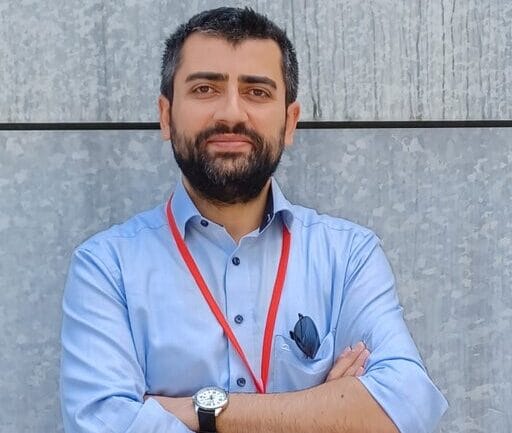
Murad Nasibov
Postdoctoral Researcher, Technische Universität Dresden — TU Dresden

